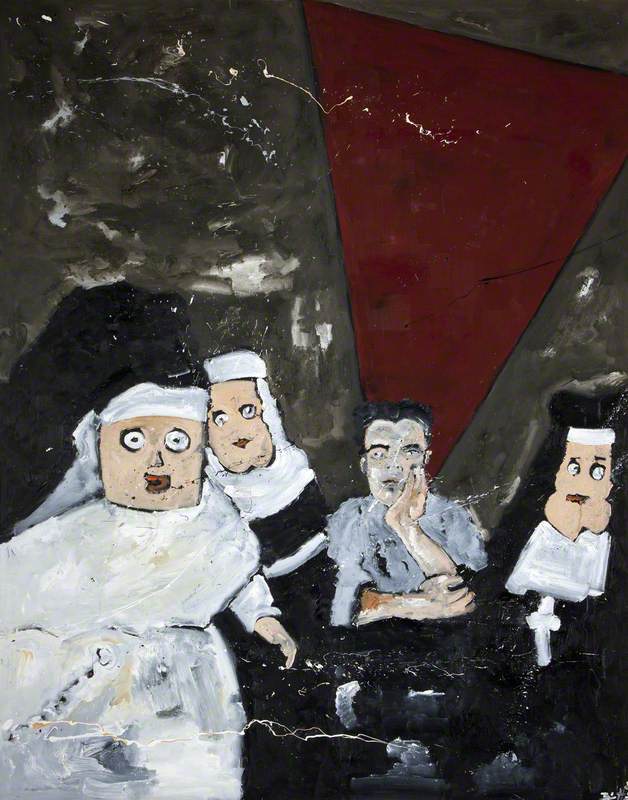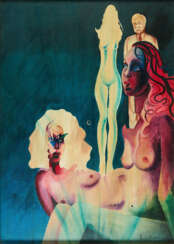Oil — Auction
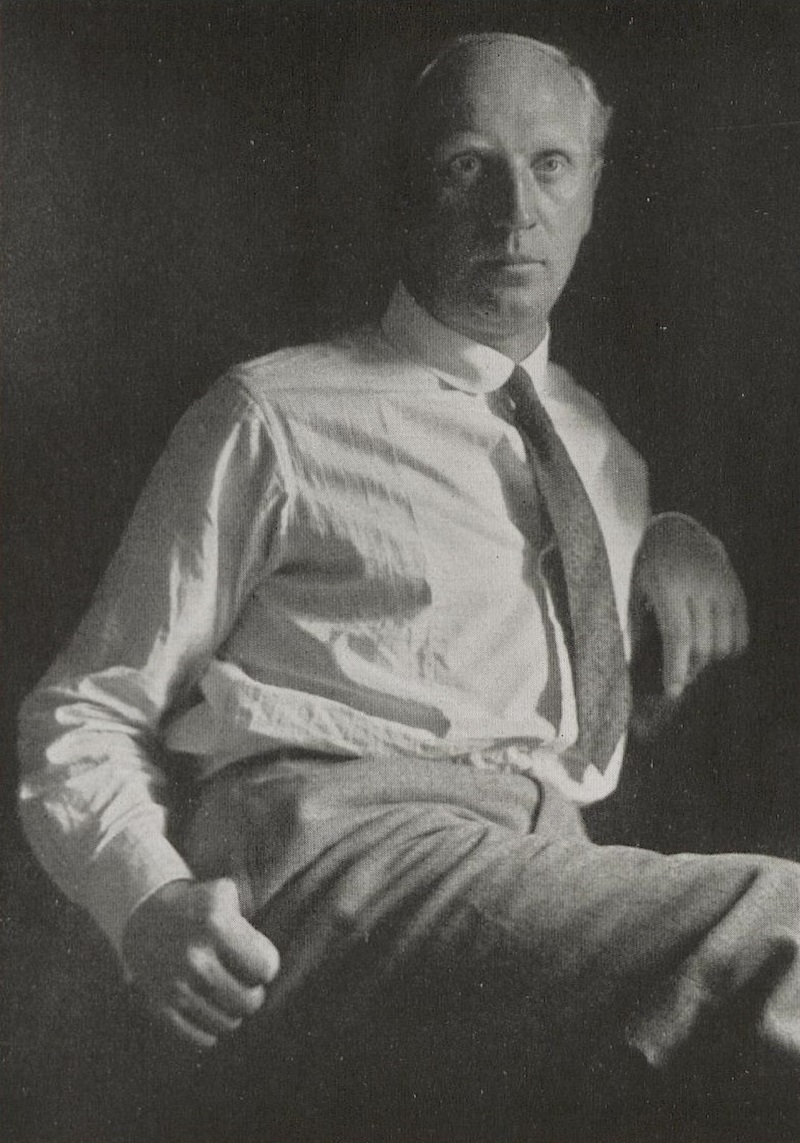
Theo Champion was a German painter. His work was part of the painting event in the art competition at the 1928 Summer Olympics.
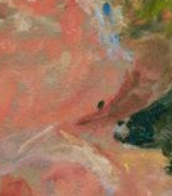

Anton Räderscheidt was a German painter who was a leading figure of the New Objectivity. Räderscheidt was born in Cologne. His father was a schoolmaster who also wrote poetry. From 1910 to 1914, Räderscheidt studied at the Academy of Düsseldorf. He was severely wounded in the First World War, during which he fought at Verdun. After the war he returned to Cologne, where in 1919 he cofounded the artists' group Stupid with other members of the local constructivist and Dada scene. The group was short-lived, as Räderscheidt was by 1920 abandoning constructivism for a magic realist style. In 1925 he participated in the Neue Sachlichkeit ("New Objectivity") exhibition at the Mannheim Kunsthalle.

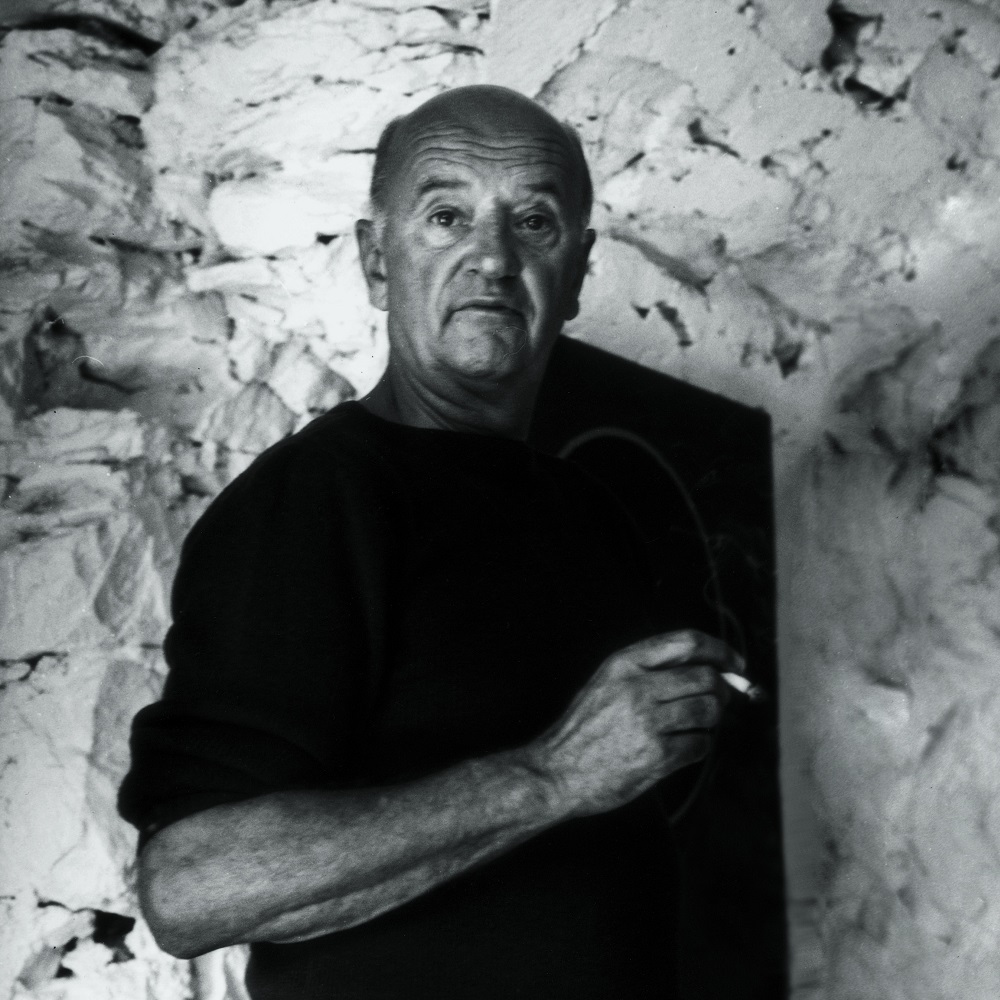
Jean Leppien (born Kurt Leppien) was a German-French painter.
From 1929, Leppien studied at the Bauhaus Dessau with Josef Albers, Wassily Kandinsky and Paul Klee. He lived in France since 1933, from where he was deported in 1944. After the war he stayed in France as Jean Leppien, where he exhibited at the Salon des Réalités Nouvelles. Leppien is one of the most important representatives of the Geometric abstraction in France. Stylistically, he is close to painters such as Alberto Magnelli, Jean Deyrolle, Michel Seuphor, Emile Gilioli and Aurélie Nemours.

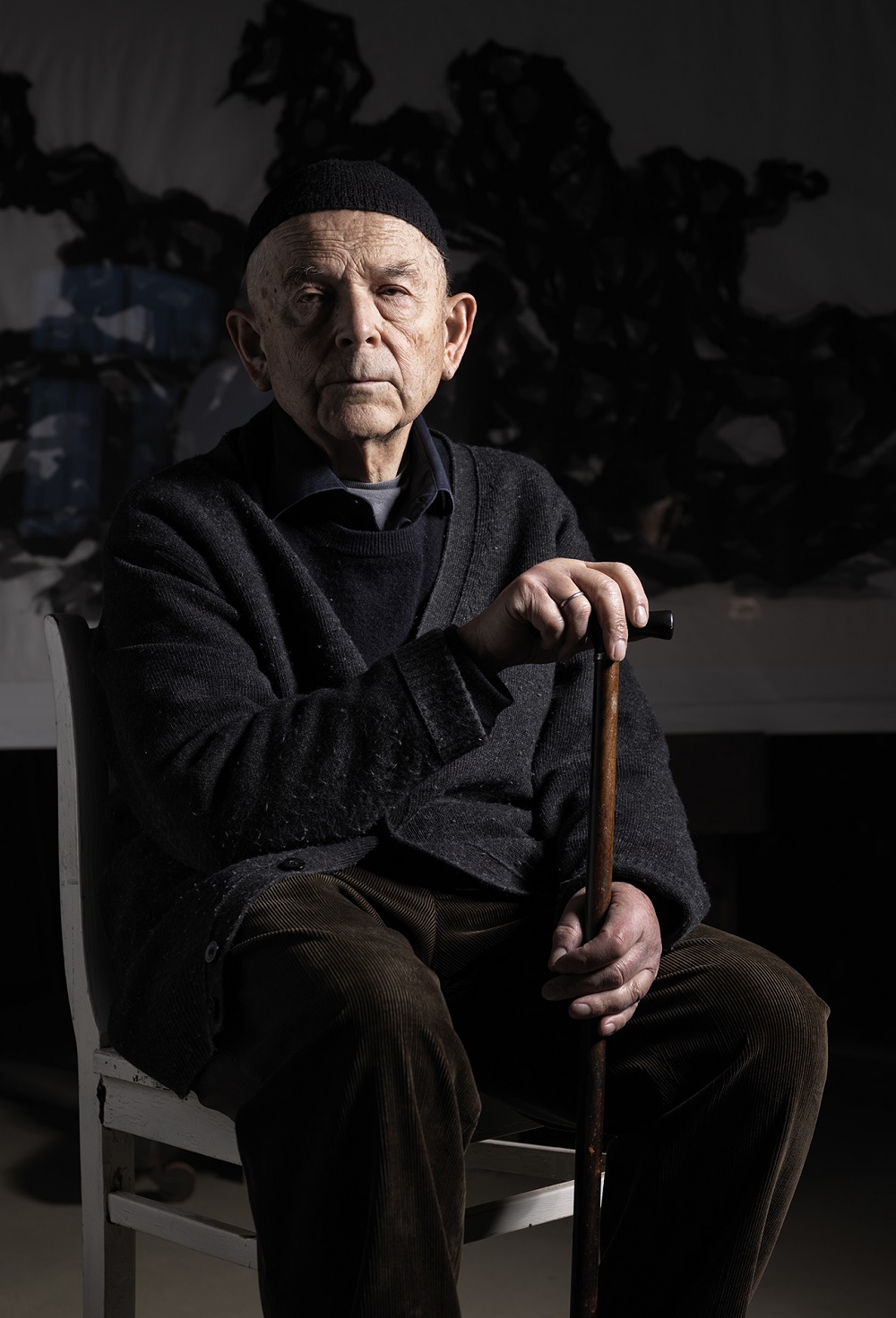
Max Uhlig is a German painter. He won the Hans Theo Richter-Preis of the Sächsische Akademie der Künste in 1998.
In 1978, Max Uhlig presented his characteristic paintings for the first time in the Dresden Kupferstichkabinett.
"Black and white or in colour, lines in the expressive rhythm of their superimposition draw the image mode and the conciseness of an extensive, unmistakable work that is a discovery. Today Max Uhlig is one of the last representatives of the era of open-air painting in modern art that began 150 years ago, but his work elevates it to the height of our time." His late work received significant impulses from annual stays in Faucon (southern France) from 1991 to 2010.
Max Uhlig has been a member of the German Association of Artists since 1990 and a founding member of the Saxon Academy of the Arts. From 1995 to 2002, he was the professor for painting and graphics at the University of Fine Arts in Dresden.

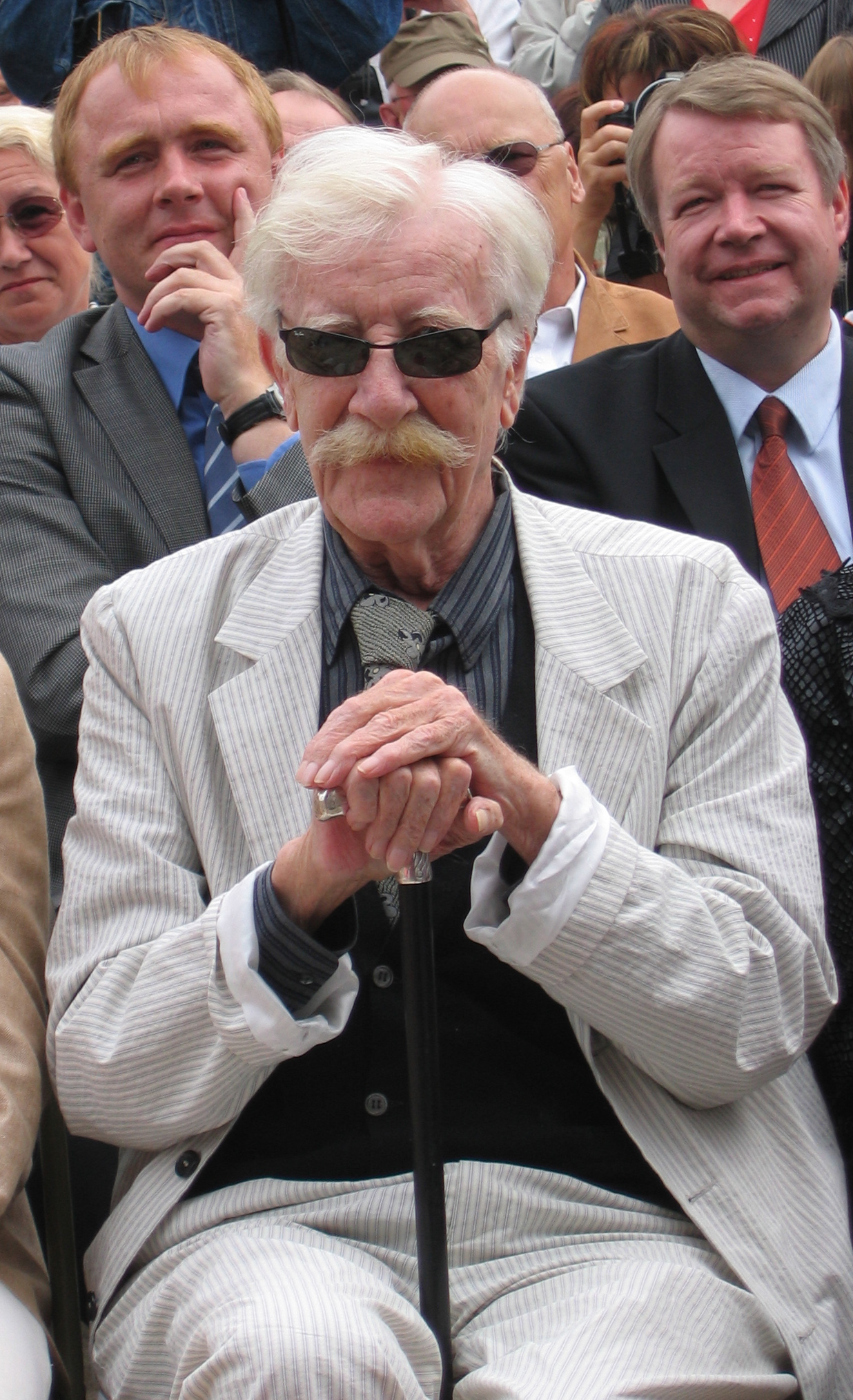
Paul Wunderlich was a German painter, sculptor and graphic artist. He designed Surrealist paintings and erotic sculptures. He often created paintings which referred to mythological legends.





































